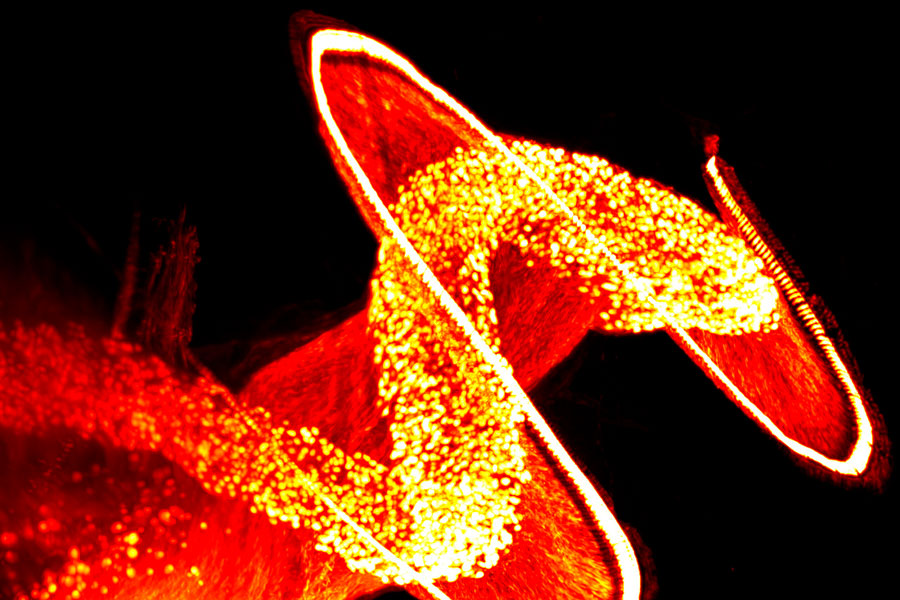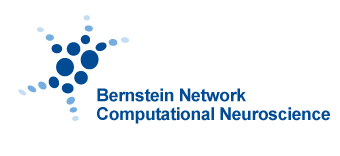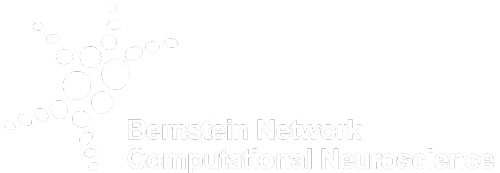Understanding Human Senses
UMG Collaborative Research Center receives funding for another four years

© C. D. Afonso, C. Vogl. IAN/UMG
/UMG/ The Collaborative Research Center 889 “Cellular Mechanisms of Sensory Processing” aims to better understand the central human senses (sight, hearing, touch and smell). Having excelled in the first and second funding periods, the CRC receives another four years of funding by the German Research Foundation (Deutsche Forschungsgemeinschaft, DFG) worth nine million euros. The CRC spokesperson is Prof. Dr. Tobias Moser, Director of the Institute for Auditory Neuroscience at the University Medical Center Göttingen (Universitätsmedizin Göttingen, UMG). In Göttingen, scientists from 21 research groups of different neuroscientific fields are collaborating in 19 projects. The CRC unites researchers from five UMG clinics and institutes, the European Neuroscience Institute (ENI-G), the Faculty of Biology and Psychology as well as the Faculty of Physics at the University of Göttingen, the Max Planck Institute of Experimental Medicine and the Max Planck Institute for Dynamics and Self-Organization as well as the German Primate Center.
Processing sensory information provides the basis of our interaction with the outside world. The standard processing of sensory stimuli such as images, sound or smell requires remarkable performance from sensory cells and neurons. These cells use specialized signaling machineries that are optimized for the processing of the respective stimuli. Thus, sensory deficits are a heavy burden for those affected and bear significant socio-economic relevance.
The CRC 889 pursues a multidisciplinary and integrative approach to elucidate the basic and complex cellular mechanisms involved in processing sensory information. In interdisciplinary collaborations, the scientists of the CRC are investigating transduction, synaptic transmission, neuronal plasticity and the function of neuronal networks of sensory systems – from the level of protein complexes to behavior of the organism.




